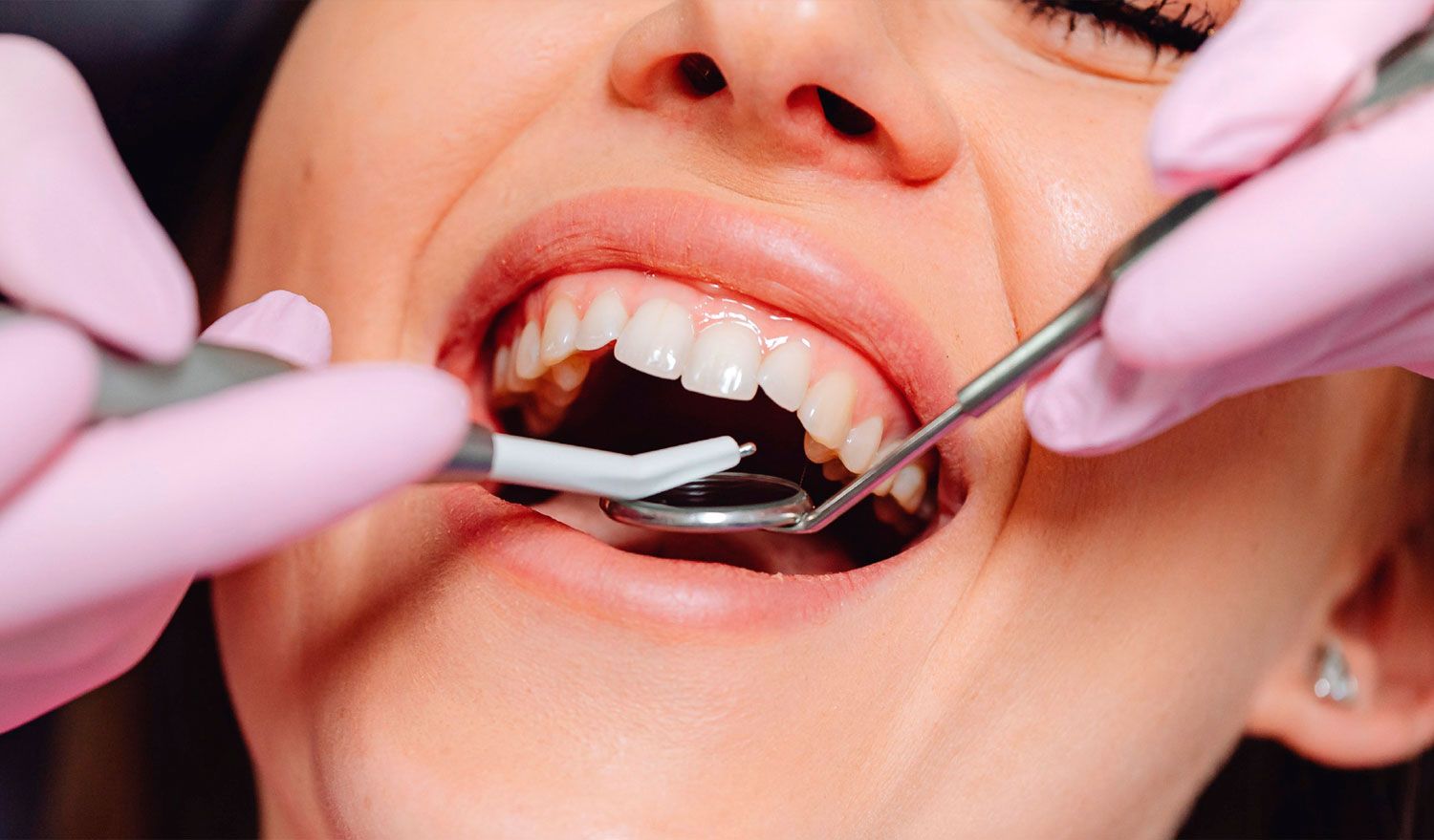Extracting a tooth or molar
If a tooth is severely decayed or damaged, extraction may be the only solution. Extracting a tooth is also called an extraction. The dentist can perform the procedure themselves or, if necessary, refer you to an oral surgeon.
When is a tooth extracted?
A tooth is extracted when it is no longer possible to save it. This can happen due to, for example, severe gum disease that causes the tooth to become loosely attached to the jawbone, a tooth that has been severely damaged by decay, or a fall that has caused a tooth to break off to such an extent that it can no longer be repaired.
Wisdom teeth can cause problems if they are partially embedded in the gums, become infected, or grow crooked.
Extraction may also be necessary if there is insufficient space. This often coincides with braces.
Treatment
Before the treatment, an X-ray is taken. This allows the dentist to see the root alignment and whether there is a risk of the tooth breaking, for example. They will also assess whether they can perform the treatment themselves or whether they will refer you to an oral surgeon. You will, of course, be thoroughly anesthetized before the extraction. The dentist will first loosen the tooth slightly and then extract it. Sometimes the dentist will first split the tooth and extract it in sections. The dentist may deem it necessary to suture the wound.
Costs
If a tooth is extracted without any problems by your dentist, this falls under treatment code H11 or F721a in the context of orthodontics. If the dentist also needs to loosen the gums, this falls under H35 + H21. In addition, costs may be charged for preparing the practice space to meet the required sterility (H90).
Tooth extraction is not covered by the basic health insurance package. Reimbursement of (part of) the costs is provided by supplementary dental insurance.
If the dentist refers you to an oral surgeon at the hospital, the costs of this treatment are covered by the basic health insurance package. Please note that if your deductible has not yet been used in that year, it will be used first. Therefore, ask about the expected costs when making an appointment at the hospital. Risks
Tooth extraction is a common treatment, but not always without risks. The dentist will assess the risks beforehand and determine whether they can perform the treatment themselves or whether a referral is necessary. For example, if the root tip is close to the nerve pathway, it can become (irreparably) damaged. During treatment, things may also go differently than expected. In that case, the dentist will discontinue the treatment and refer you to an oral surgeon. Sometimes, after extraction, an opening from the oral cavity to the sinus (antrum perforation) develops. In that case, you will also be referred to the oral surgeon, who will close the opening.
Always follow the dentist's instructions after treatment. You may feel small pieces of bone protruding after the treatment. This is harmless. The dentist can remove them if necessary. Always contact your dentist if you experience persistent bleeding, fever, severe pain, or swelling.
Alternatives
Tooth extraction is usually only performed if there is no other option.
Source: KNMT
Opening hours
-
Mon – Fri.:
08:00 - 12:00 uur
13:00 - 17:00 uur


